Energy consumption of instant hot?
goldie5
15 years ago
Featured Answer
Sort by:Oldest
Comments (18)
cpovey
15 years agocpovey
15 years agoRelated Professionals
Gainesville Kitchen & Bathroom Designers · Grain Valley Kitchen & Bathroom Remodelers · Andover Kitchen & Bathroom Remodelers · Elk Grove Village Kitchen & Bathroom Remodelers · Hoffman Estates Kitchen & Bathroom Remodelers · West Palm Beach Kitchen & Bathroom Remodelers · Phillipsburg Kitchen & Bathroom Remodelers · Kiryas Joel Appliances · Farmers Branch Cabinets & Cabinetry · Murray Cabinets & Cabinetry · Radnor Cabinets & Cabinetry · Ridgefield Cabinets & Cabinetry · Tinton Falls Cabinets & Cabinetry · Vermillion Cabinets & Cabinetry · Tabernacle Cabinets & Cabinetrygoldie5
15 years agoamirm
15 years agobake_sale
15 years agocooksnsews
15 years agoklaa2
15 years agogoldie5
15 years agoamirm
15 years agogoldie5
15 years agoamirm
15 years agosillymomof4
15 years agobluekitobsessed
15 years agoya_think
15 years agoamirm
15 years agoJan Cornelius
5 years agokcd83
2 years ago
Related Stories
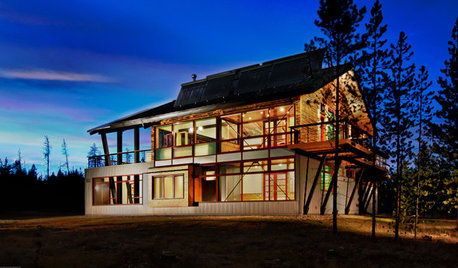
GREEN BUILDINGZero Net Energy: A Hardworking-House Term to Know
Homes that consume only as much energy as they produce by renewable means are a goal for builders. Learn what ZNE means for you
Full Story
GREEN BUILDINGHouzz Tour: See a Maine House With a $240 Annual Energy Bill
Airtight and powered by the sun, this energy-efficient home in a cold-winter climate is an architectural feat
Full Story
REMODELING GUIDESBoost Your Energy With Natural Light
Abundant natural light saves electrical energy and can lower energy bills, but the best benefit may be to your own energy and spirit
Full Story
MY HOUZZMy Houzz: Renovation Brings Energy Efficiency to a Netherlands Home
A family of 5 tackles a potentially large gas and electric bill in a 19th-century house
Full Story
WINDOW TREATMENTS7 Window Treatments That Can Lower Your Energy Bills
Beautify your windows, keep your home cool and reduce energy use all at once with the right covering
Full Story
CONTRACTOR TIPSBuilding Permits: What to Know About Green Building and Energy Codes
In Part 4 of our series examining the residential permit process, we review typical green building and energy code requirements
Full Story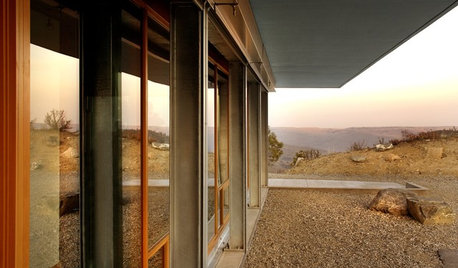
GREEN BUILDINGOff the Grid: Siting and Building to Conserve Energy
Look to low-tech solutions for big energy savings when you’re constructing a home
Full Story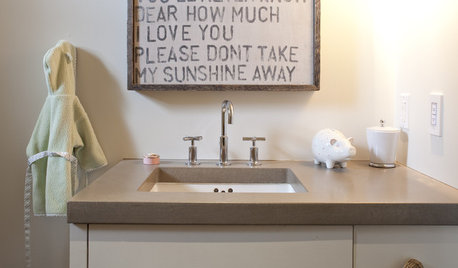
GREEN BUILDINGEasy Green: 10 Ways Toward a Zero-Energy Home
Imagine never paying an electric bill again. With a zero-energy home, it's possible — and anyone can make it happen
Full Story
GREEN BUILDINGHouzz Tour: See a Concrete House With a $0 Energy Bill
Passive House principles and universal design elements result in a home that’ll work efficiently for the long haul
Full Story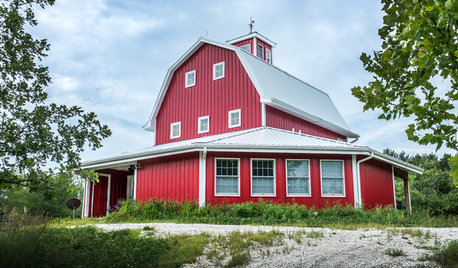
BARN HOMESHouzz Tour: An Energy-Efficient Barn Graces the Nebraska Landscape
Passive-house technologies and a rain-harvesting and greywater system conserve natural resources in this weekend country home
Full Story





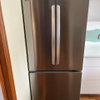
mominthedubc